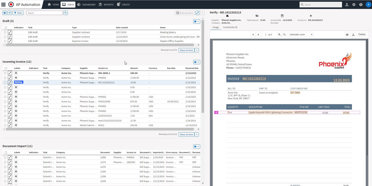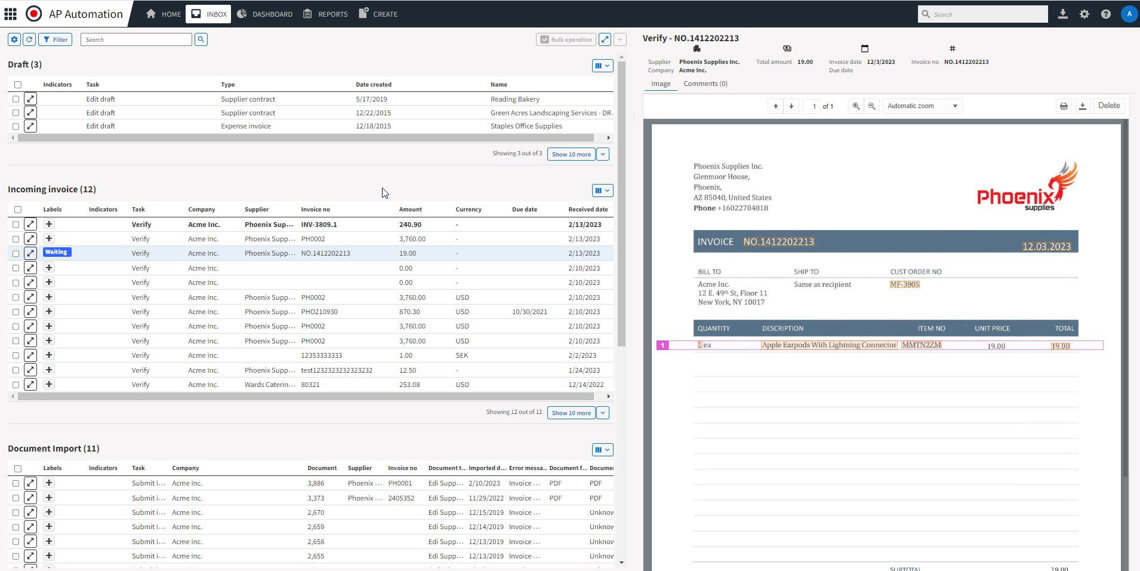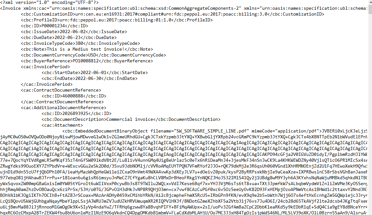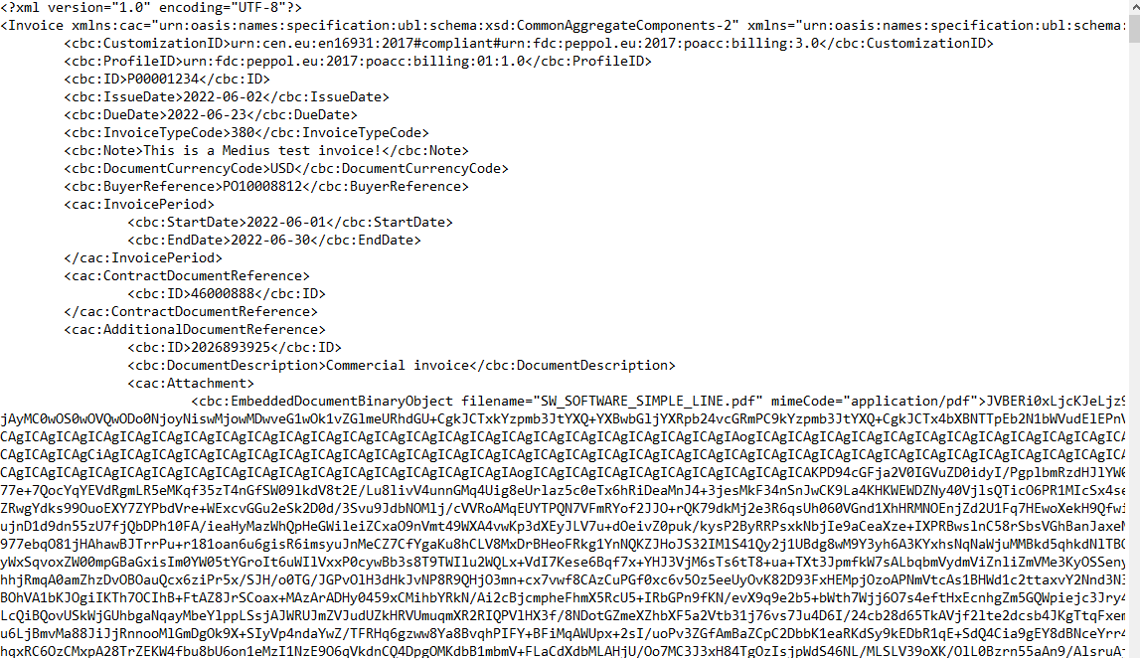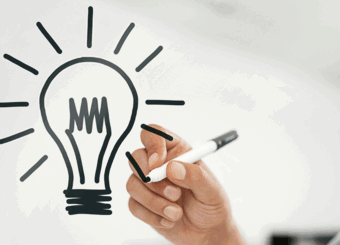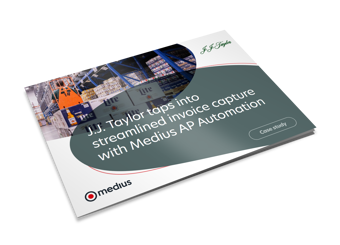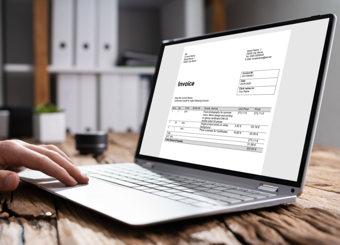What is e-invoicing?
E-invoicing, also known as electronic invoicing, is a form of billing that is presented to the buyer in an electronic format via a predefined structured data exchange. This electronic document exchange between buyer and seller can help streamline and automate portions of the accounts payable process.
Continue reading to learn more about e-invoicing, what it means, how it works, and the benefits for organizations.

